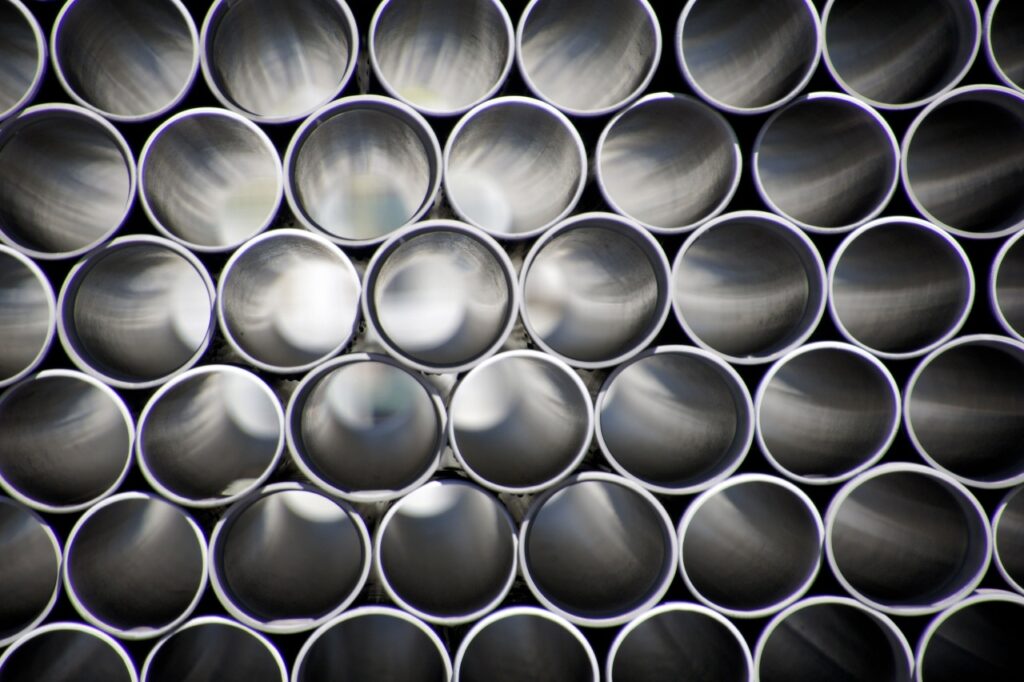US and EU authorities investigate PVC

Image: Flickr
US and EU authorities investigate PVC – The European Chemicals Agency (ECHA) publishes research findings on polyvinyl chloride (PVC) resin, additives and microparticles. The ECHA believes that the risks of PVC resin are “sufficiently controlled”, but proposes measures against additives and particles. The US Environmental Protection Agency (EPA) is investigating vinyl chloride as a high priority substance.
At the end of 2023, both ECHA and EPA announced work to identify possible future regulatory measures for substances used in the manufacture of polyvinyl chloride (PVC) plastics.
First ECHA report
On November 28, 2023, ECHA published a first report on potential risks to human health from PVC resin, additives and microparticles.
With regard to the occupational safety of workers handling the resin, ECHA researchers found that “the operating conditions and risk management measures implemented in the VCM/PVC industry are adequate and effective to control the risk to workers”.
Concerns about additives and microparticles
However, the authority was concerned about the additives and microparticles. Of the 470 PVC additives identified by ECHA, the study focused on 63 that act as heat stabilizers, plasticizers and flame retardants. The study identified risks to human health and the environment.
Recommendations
To address the risks posed by PVC additives and particles, ECHA has recommended regulatory measures to:
- Minimize the risks of plasticizers, especially orthophthalates, probably through a REACH restriction
- Reduce the risks of organic tin substances, probably through a REACH restriction. (ECHA notes that organic tin substances are more commonly used in North America than in Europe, with
- exposure facilitated by imports).
- “Follow-up” to ECHA’s proposed EU-wide strategy on flame retardants
- Minimize the release of PVC particles (and additives) into the environment. Presumably due to improved technology in recycling and landfills.
It is now up to the European Commission to decide whether ECHA should prepare a REACH restriction proposal.
EPA results
On December 14, 2023, the EPA announced that it is starting the review of five chemicals for possible designation as high priority substances, including the monomer for PVC production – vinyl chloride (CAS 75-01-4). The other four substances under review are acetaldehyde (CAS 75-07-0), acrylonitrile (CAS 107-13-1), benzenamine (CAS 62-53-3) and 4,4′-methylenebis(2-chloroaniline). (MBOCA, CAS101-14-4). All were measured in food contact materials according to the Food Packaging Forum (FPF) database on migrating and extractable chemicals in contact with food (FCCmigex).
Decision pathway
Officially, the EPA has the next twelve months to decide, but “expects that these chemicals will be identified as high priority for risk assessment as part of the prioritization process.” In this case, the agency will conduct a comprehensive risk assessment under the Toxic Substances Control Act. This could then lead to management measures. Including regulating or restricting the production, processing, distribution, use or disposal of the chemical in question.
Announcements
Stakeholders, including the public, have until March 18, 2024, to comment on EPA’s prioritization of these five chemicals. Follow these and other public consultation opportunities on food contact materials and chemicals on the FPF consultation page.
References
- ECHA (November 28, 2023). “ECHA identifies risks from PVC additives and the release of microparticles.”
- US EPA (December 14, 2023). “EPA begins process to prioritize five chemicals for risk assessment under the Toxic Substances Control Act.”
- ECHA (March 15, 2023). “ECHA identifies certain brominated flame retardants as candidates for restriction.”
Read more
- Kelly Franklin in Enhesa: “Vinyl chloride and other plastic building blocks prioritized next by TSCA.”
- Brian Bienkowski in Environmental Health News: “EPA begins review of PVC ingredient vinyl chloride, which could lead to restrictions or a ban.”
- Alden Wicker in Mongabay: “As the world swims in plastic, some offer an answer: ban the toxic two.”
Source: Food Packaging Forum
Also read: Do you export to California?
Reservation
This information has been compiled with the greatest possible care, in some cases from different information sources. (Interpretation) errors are not excluded. No legal obligation can therefore be derived from this text. Everyone dealing with this subject has the responsibility to delve into the matter!
